When we first heard about the AMD EPYC 3151 it sounded more than intriguing. When we started getting the single die AMD EPYC 3000 processors, it was initially the only SKU we did not have, only adding to its mystique. The CPU sits between the AMD EPYC 3201 and EPYC 3101 in the SKU stack. Unlike those two variants, it has SMT with twice as many threads as cores. It also has the highest TDP of the trio. With the AMD EPYC 3201 the company shed features to get eight cores in the 30W TDP power budget. With the AMD EPYC 3101 SMT was disabled and only half the cache is available. Unlike those two SKUs, the AMD EPYC 3151 we found to be a lower-power successor to the AMD EPYC 3251 that our readers may find fascinating.
Key stats for the AMD EPYC 3151: 4 cores / 8 threads running at a 2.7GHz base clock and up to 2.9GHz turbo. Cache stands at 16MB L3 cache. This chip has a TDP of 45W or 10W more than the 4 core / 4 thread AMD EPYC 3101.
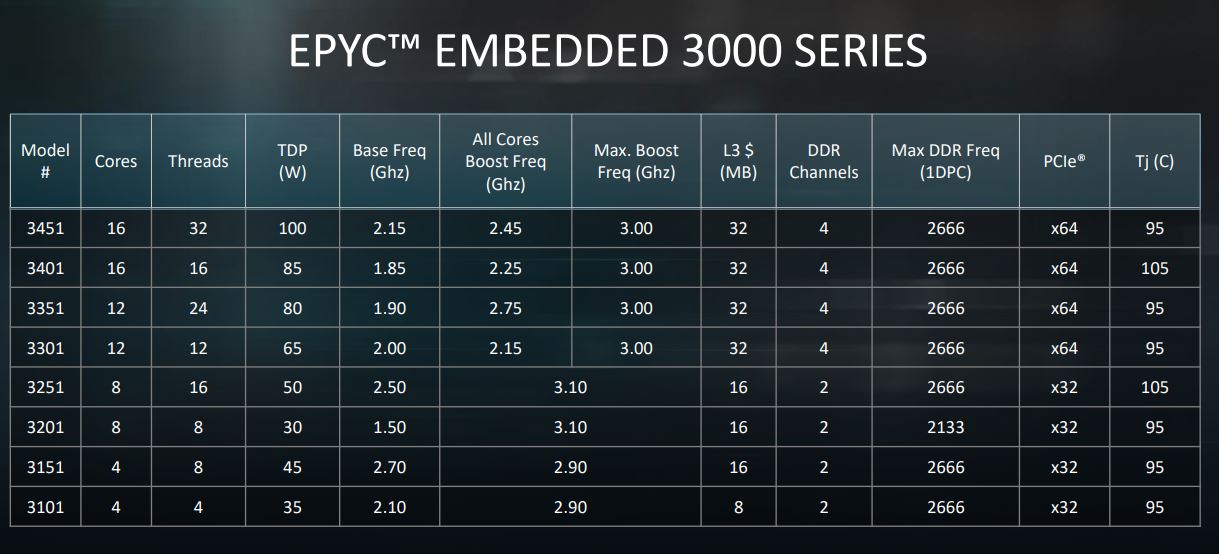
Here is what the lscpu output looks like for the chips:
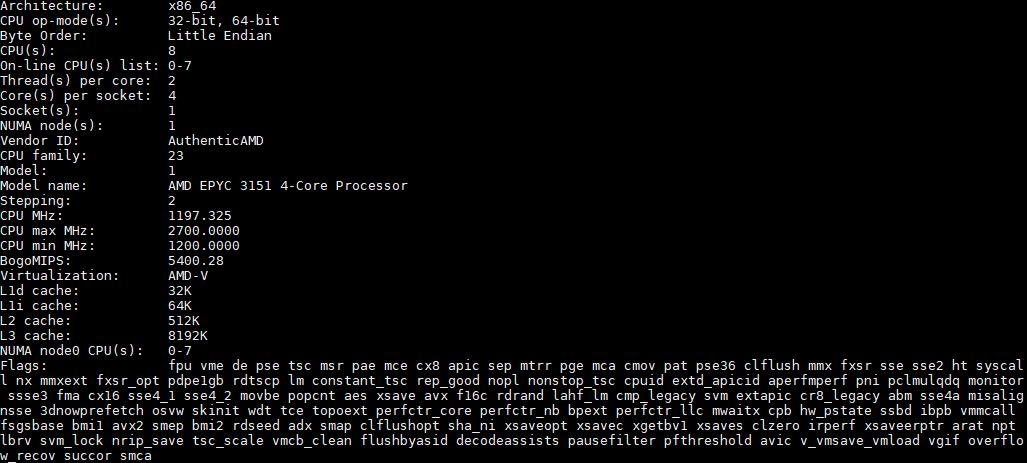
Testing Configuration
We have been fortunate to get four Supermicro M11SDV motherboards with the same platform features and four different SKUs. We are using these test platforms to ensure we have consistency in our results. Here is our test configuration:
- CPU: AMD EPYC 3151
- Motherboard: Supermicro M11SDV-4C-LN4F
- RAM: 2x 32GB DDR4-2666 RDIMMs
- SSD: Intel DC S3710 400GB
The Supermicro M11SDV-4C-LN4F platform we are testing on has a few features that our readers will be interested in. These include the ability to bifurcate the PCIe x16 slot into x4 x4 x4 x4 or x8 x8. We also found SRIO-V support and IOMMU support onboard. Patrick and I were testing these in parallel, and we have tested the bifurcation on the Supermicro M11SDV-4C-LN4F, Supermicro M11SDV-8C-LN4F, Supermicro M11SDV-8CT-LN4F, and Supermicro M11SDV-4CT-LN4F and found that the feature worked on all four platforms. STH’s full review is already written and in the publishing queue, but the -4C- variant here may be the fourth one we publish.
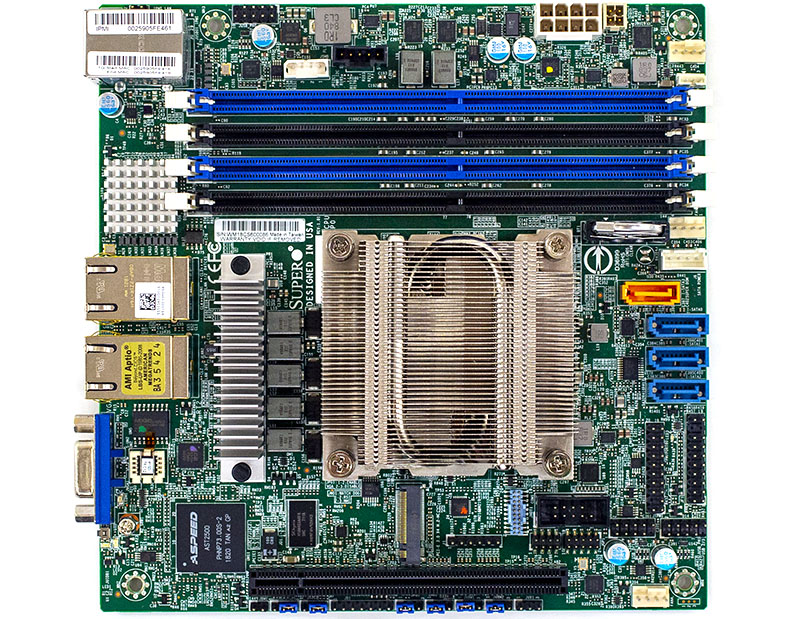
Ubuntu 18.04.2 installed without issue, recognized all of the devices and just worked out of the box and recognized everything on the system.
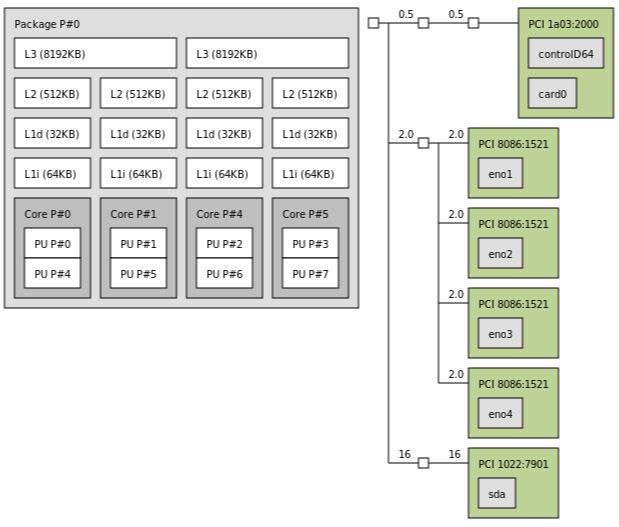
If you are running a more modern kernel the Zen core is well supported. Docker installed and worked. We joined the platforms to our Kubernetes cluster without issue. We enabled and launched KVM virtual machines without issue. We are well beyond the days of the initial Zen launch to where AMD’s cores are as easy to run on modern kernels as Intel’s cores. That is important for the market and the customers and organizations who are looking to buy in the embedded space.
Please note that as with our other embedded reviews, we focus our power consumption figures on the embedded platforms rather than at the SoC since the platform level features in low power servers have a meaningful impact on power consumption.
Next, let us take a look at the AMD EPYC 3151 performance before we get to our market discussion and final words.

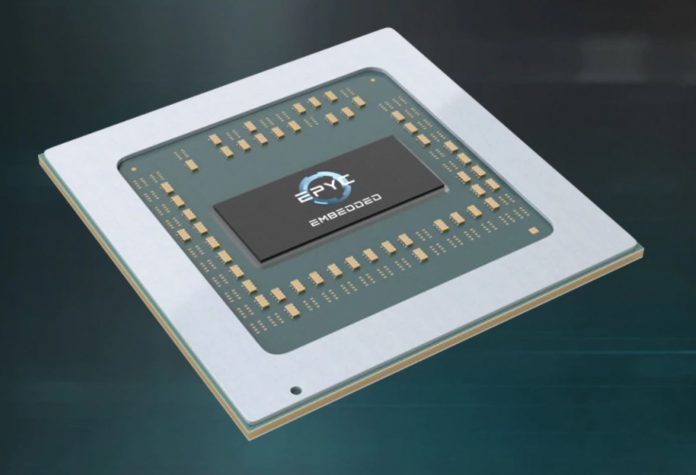



Why this scores better than EPYC 3251 in single thread whetstone?
I’m looking to build a very low power home server with plenty of cores to setup vms and ability to increase RAM as it fits my budget..
So far I’m torn between the Atom C3958 (that seems to trounce the Epyc in all benchmarks at 25W tdp too) and the Epyc 3201..
Any thoughts.. I’d run VMs to (1. router – pfsense, 2. NAS – FreeNAS, 3. Transcode h.265 to stream to my TV via some thin client/rpi there, 4. possibly host 2-3 windows desktops VDI to stream to thin clients)
how many passmarks can it pull that is more relevant for me because i know what my old i7 can pull in passmarks